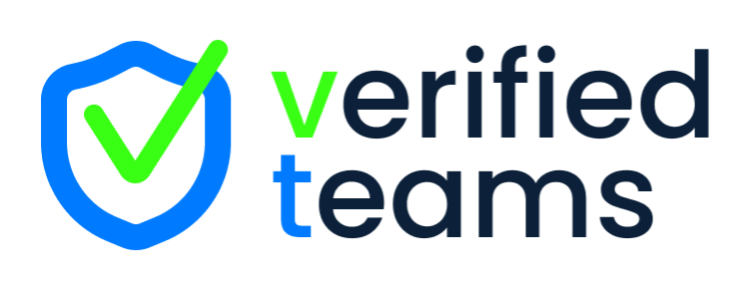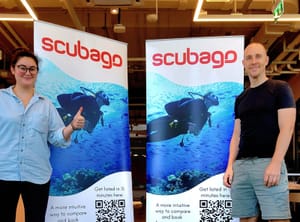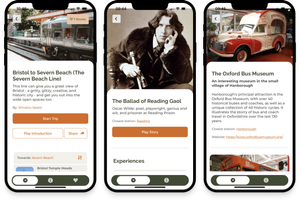1. Sensible Idea
- You have a solid value proposition - a clear and logical theory about how the digital product you plan to build will fulfill a need. We like to use the Blanks Formula (below).
💡
The Blanks Formula: We help X do Y by doing Z
X = Customers
Y = The problem they need resolved
Z = The solution you're planning to build
X = Customers
Y = The problem they need resolved
Z = The solution you're planning to build
- You've spoken to a lot of customers about the problem you're addressing - enough to have insights about what your product will do differently to solve the problem, and how you should price your solution.
- You have a concept for the solution that is feasibly going to solve the problem.
2. Refined Idea
- You have mocked up - to the fidelity of a clickable prototype - the whole flow of the solution, which gets a customer who is completely oblivious about your product to be aware, to understand, to take action, to resolve their problem, and perhaps even through to retention and referral. This means some input from a good product strategist or marketer.
- You have tested this clickable prototype on at least 3 to 5 potential customers to solicit their reactions and to make sure there are no major pain-points in the concept.
- A good UX/UI designer has professionally reviewed this clickable prototype to advise on potential pain-point threat or gain-point opportunities (that a user tester wont be aware of), and made it ready for a developer (with a style guide, details on CSS, layouts at common viewport dimensions, and coherent flows between screens or states). They have also, as part of this process, helped you understand what features are the minimum viable product to get something in the hands of real paying users vs features for further iterations - knowing the difference is huge.
3. Ingredients for Success
- You have budget (and time) to spend on a good developer. You've spoken to them, and they have given you an indicative budget that is based on schedule and resources required. Because they're good, they arent interested in haggling or what some other developer said it would require. You will easily be able to find developers with lower hourly or daily rates, but that is not relevant. You have enough budget to spend to comfortably get to the MVP and then some, and that is after the budget you've spent on design, and noting the budget you will reserve to go to market (branding, marketing budget, COGS, PR, and SaaS subscriptions and other fixed costs).
- You have a good developer. This means that they come highly recommended - not by their buddy they went to school with, or someone who did a completely different type of project with them, or by some semi-anonymous reviewer in a ratings site, but by preferably more than one real human being who spent real money on getting them to do something similarly technically challenging and complex. And by a good 'one', I mean a good team (with talent in reserve for when life happens to your lead developer).
- Clarity on who exactly will be working on the project, and that their knowledge and skillsets is up to the standard we need to feel sure things will go smoothly. They should also indicate if there is any planned disruptions to their availability, such as vacation time or departures, as well as other projects they're working on (nobody can consistently work 2x full-time loads).
4. Organised Process
- There is a clear, secure, and mutually accessible document trail. For less innovative projects, this would includes clear acceptance criteria, schedules, and budgets. For more innovative projects, this would include a product backlog and clarity on the guardrails on a retainer-based setup. Good contracts are drafted, agreed, and signed.
- There's a mutually understood reporting and check-in process that sets an optimum amount and rhythm of meeting, product inspection and reporting work.
- The senior decision-makers in all organisations show their full support. In case such senior decision-makers change roles, there is a clear business case prepared to answer the new decision-makers' questions.
Are you ready to build something great? Or do you need help getting there? Get in touch with us for a free kickoff consultation.




